Category
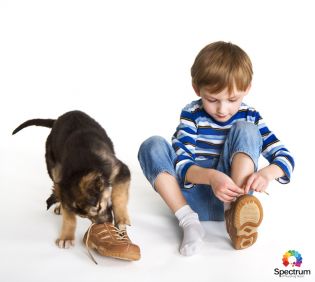
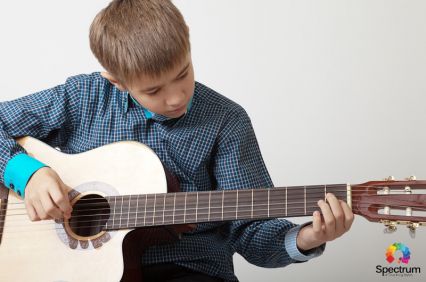






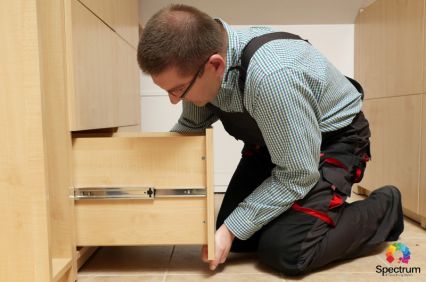






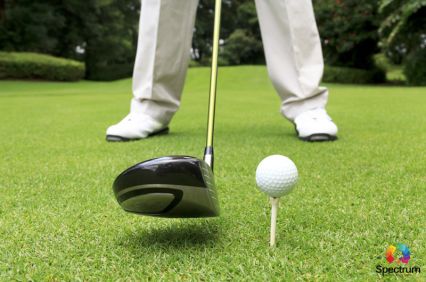
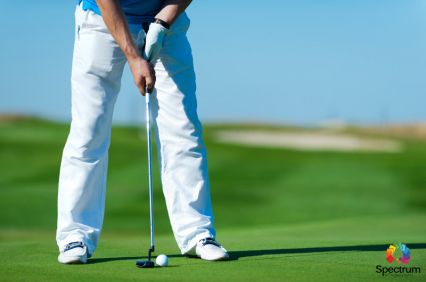
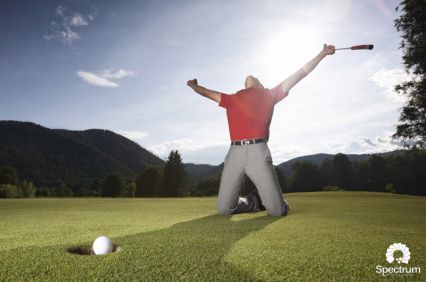
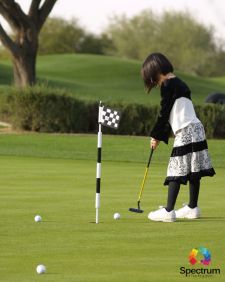
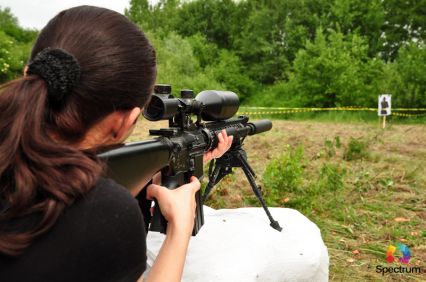
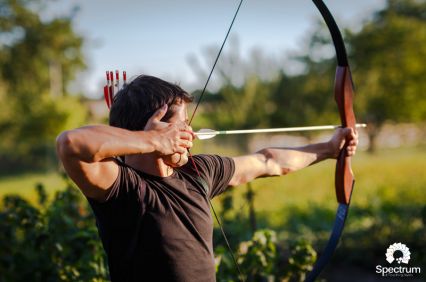
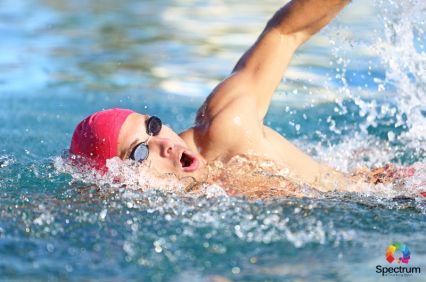
The defining characteristic of the Self-Check Style is developing the decisions necessary for independence while practicing a reproduction task and initiating self-checking skills using a prepared criterion. The teacher circulates among the students asking questions that illicit conversation (not teacher judgment) about the student’s performance assessment.
This style is not initially appropriate for the novice who is unfamiliar with and inexperienced in the content.
Category






















In the anatomy of the Self-Check Style, the role of the teacher (T) is to make all pre-impact decisions including subject matter, criteria, and logistical decisions and to engage in post-impact conversations with the student (not judgement statements). The role of the learners (L) is to make the impact decisions of the Practice style and work independently and to make post-impact decisions to check their own performances against the criteria prepared by the teacher.

*The arrow represents the decision shift from the Reciprocal Style-C to the Self-Check Style-D.
When the Self-Check Style is achieved, the following subject matter objectives are emphasized:
When the Self-Check Style is achieved, the following behavioral objectives are emphasized: